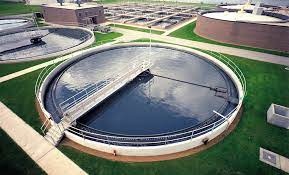Waste water treatment plant
Waste water treatment plant
Waste water treatment is an interaction used to eliminate pollutants from wastewater and convert it into a gushing that can be gotten back to the water cycle. Once got back to the water cycle, the profluent establishes a satisfactory effect on the climate or is reused for different purposes (called water reclamation).[1] The treatment interaction happens in a wastewater treatment plant. There are a few sorts of wastewater which are treated at the fitting kind of wastewater treatment plant. For homegrown wastewater (likewise called civil wastewater or sewage), the treatment plant is known as a sewage treatment plant. For modern wastewater, treatment either happens in a different modern wastewater treatment plant, or in a sewage treatment plant (typically after some type of pre-treatment). Further kinds of wastewater treatment plants incorporate horticultural wastewater treatment plants and leachate treatment plants.
Processes ordinarily utilized incorporate stage partition (like sedimentation), natural and synthetic cycles (like oxidation) or cleaning. The primary result from wastewater treatment plants is a sort of ooze which is typically treated in something very similar or another wastewater treatment plant.[2]: Ch.14 Biogas can be one more side-effect in the event that anaerobic treatment processes are utilized. Some wastewater might be exceptionally treated and reused as recycled water. The principle motivation behind wastewater treatment is for the treated wastewater to have the option to be arranged or reused securely. In any case, before it is dealt with, the choices for removal or reuse should be thought about so the right treatment process is utilized on the wastewater.



